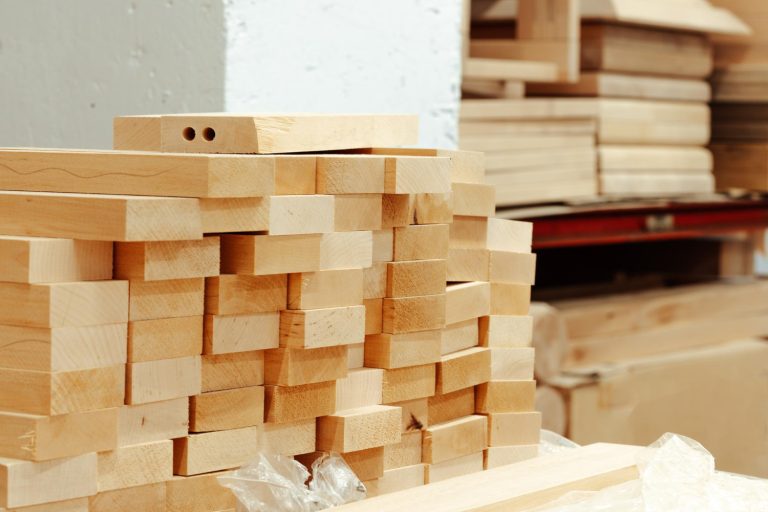
Explore how wood’s carbon sequestration capabilities make it a standout material for eco-friendly construction.
Wood has gained significant popularity in the construction industry, primarily due to its impressive carbon sequestration capacity. Comprising about 50% carbon by weight, wood stores carbon more effectively than materials like concrete and steel, making it a preferred choice for reducing carbon emissions and enhancing sustainability. This ability to act as a carbon sink has led to a surge in timber structures, reflecting the construction industry’s growing commitment to eco-friendly practices.
However, wood’s environmental benefits extend beyond its initial carbon storage. To maximise its effectiveness as a carbon bank, it is crucial to consider the entire life cycle of wood. For wood to maintain its carbon sequestration benefits, it must be protected from rot, fire, and other forms of deterioration. If wood decomposes or burns, the stored carbon is released into the atmosphere, negating its environmental advantages.
One of the significant challenges is preventing wood from ending up in landfills, where it can break down and emit carbon. Effective wood reclamation and recycling practices are essential to ensure that wood continues to act as a carbon store. For instance, reclaimed wood from old buildings can be repurposed in new construction, reducing the demand for virgin timber and conserving forest resources.
The construction industry must also focus on the durability and maintenance of timber structures to extend their life span and keep the carbon sequestered. Treatments that protect wood from pests and decay and designing buildings that minimise fire risks are critical steps in this process.
Moreover, innovative uses of wood, such as cross-laminated timber (CLT) and other engineered wood products, offer enhanced strength and durability, making wood a viable alternative for various construction applications traditionally dominated by steel and concrete.
Stay tuned for the next article, where we will delve into the challenges and solutions in maintaining wood’s sustainability throughout its life cycle.
Article 2: Beyond Construction: Ensuring Wood’s Long-Term Sustainability
Article 3: Closing the Loop: Innovations in Wood Reclamation and Recycling















